What You Need To Know About Needle Felting: A Beginner's Guide
Also sometimes called wool stabbing, is a fun and versatile craft technique that uses barbed needles to entangle wool fibers. This process creates a dense and firm material that can be sculpted into various 3D shapes or flat pictures.
Wool Roving: The heart of your project! Wool comes in various forms, but for needle felting, you'll typically use carded wool or roving. Carded wool resembles fluffy clouds, while roving is long, thick strands. Both are available in a vibrant array of colors.
Felting Needles: These specialized needles have tiny barbs that catch and tangle the wool fibers. They come in different sizes, with finer needles for delicate details and coarser needles for shaping larger forms.
Felting Mat: A firm foam pad protects your work surface and helps prevent needle breakage.
Other optional felting supplies you can use:
Thimbles: A small cap worn on the finger to protect it from pricks while sewing. They are not necessary for needle felting, as the needles are small and the stabbing motion is controlled.
Needle Holder: Provides a comfortable grip for the needle, especially for extended felting sessions.
Wool Carder: A wire brush used to align and straighten wool fibers before spinning into yarn. Carding is not a step in needle felting, as the wool is already prepared.
- We have Free Video Tutorials Available on our Youtube Channel
- Each Kit also has it's own Video Tutorial Exclusive for our Customers once they purchase Woolbuddy Needle Felting Kits.
Needle felting involves sharp needles, so it’s best suited for older children or ages 8+ and above and under adult supervision. We also recommend starting off with easy projects.
- Plan Your Project: Start with a simple design for your first attempt. There are numerous project ideas online for inspiration.
- Prepare the Wool: Pinch off a small amount of wool and gently pull to separate the fibers.
- Stab and Shape: Using your felting needle, repeatedly stab the wool in a jabbing motion. Rotate the wool frequently to ensure even felting.
- Add Wool and Details: As your base form takes shape, add more wool to build features and details.
- Refine and Finish: Once satisfied with the shape, use finer needles to smooth surfaces and add delicate touches.
FELTING NEEDLES
Learn More About Felting needles on our Blog
Felting needles come in various sizes and shapes. The most common types are:
- Triangular Needles: Good for general felting.
- Star Needles: More barbs for faster felting.
- Spiral Needles: Twisted shape for smooth finishes.
Choose a finer needle (higher gauge) for detailed work and a coarser needle (lower gauge) for bulk felting.
Felting needles can break if used incorrectly. To avoid this:
- Always insert and withdraw the needle at the same angle.
- Avoid twisting or bending the needle while it’s in the wool.
- Use a thick enough base to cushion the needle’s entry and exit.
WOOL ROVING
- Merino:
- Exceptionally soft and fine, perfect for detailed work.
- fine micron count (18-21 microns) for luxurious texture and smooth felting.
- Excels in creating delicate details and adding finishing touches.
Tip: Merino's softness can make it challenging to form a firm base. Consider using it for details over a core made from a sturdier wool. - Corriedale:
- Ideal for beginners. This versatile breed offers a good balance between softness and felting ability.
- (around 23-25 microns)
- Perfect for creating the body of your project due to its ability to felt quickly and hold its shape well.
Tip: Corriedale's natural crimp (waviness) adds interesting texture to your felted creations. - Romney:
- Similar to Corriedale, Romney wool boasts a good felting ability
- slightly higher micron count (25-27 microns).
- Ideal for creating a sturdy base for larger felted projects like bags or scarves.
Tip: Play with Romney's natural elasticity to create interesting folds and textures in your projects. - Carding Wool:
- Fluffy and tangled wool perfect for building the core of your felted project.
- Felts quickly and provides excellent bulk at an affordable price.
Tip: Carding wool comes in batts (flattened sheets) or slivers (long ropes). Batts are ideal for larger projects, while slivers offer more control for smaller details. - Tops:
- Unlike the tangled mass of carding wool, tops consist of long, combed fibers.
- This smooth wool excels at adding details, creating a polished finish, and achieving color variations.
Tip: Use tops for creating fur, hair, or other surface details on your felted projects.
Consider the following when choosing wool roving:
- Fiber Diameter: Finer fibers (like Merino) are softer and better for detailed work, while coarser fibers (like Corriedale) are easier to felt.
- Color: Available in natural and dyed colors to suit your project.
- Preparation: Carded roving is fluffier and easier to felt, while combed top is smoother and better for spinning.
NEEDLE FELTING TIPS
To care for needle felted items:
- Keep them away from water as they can lose shape.
- Store them in a dry place to prevent mildew.
- Avoid rough handling to maintain their form.
Common mistakes include:
- Using too much wool at once.
- Not felting evenly, leading to lumpy results.
- Breaking needles due to improper handling.
Store wool in a cool, dry place, preferably in sealed containers to prevent moths. Keep needles in protective cases to avoid damage and accidents.

